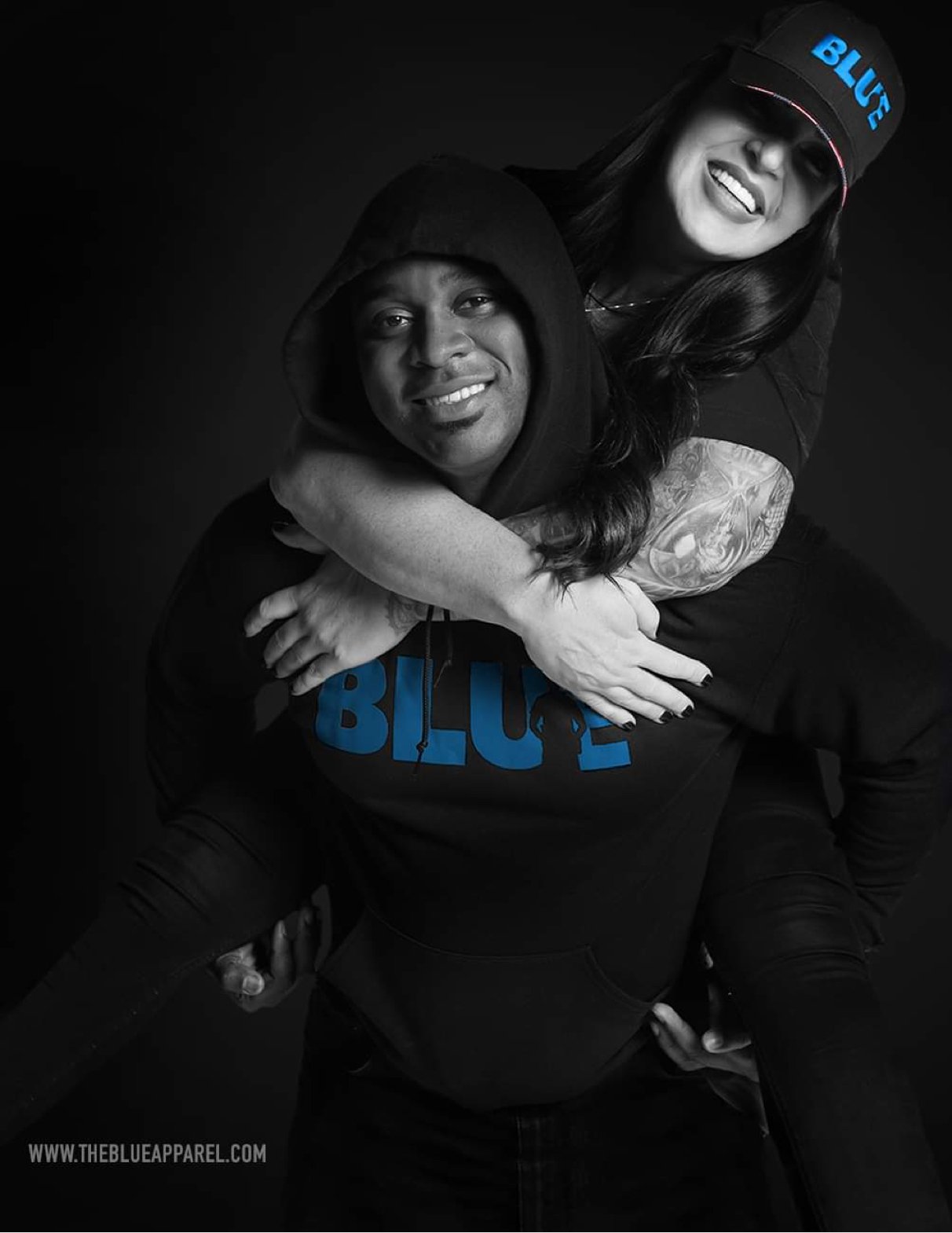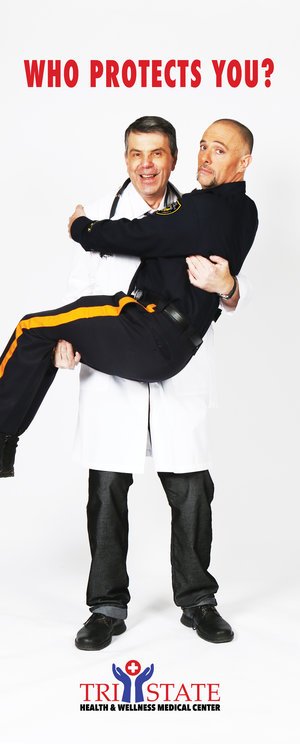HERE WE GO AGAIN
/Several recent shooting events that occurred in different parts of the country should serve as a grim reminder that of the gang wars of the 1980s are returning in a new form. That was a time when homicide rates were at record levels, as were other serious crimes. The violence back then was over turf and dominance of the drug trade, specifically over control of the cocaine industry. Today it seems to be retaliatory shootings for ongoing feuds. Where these are occurring today, however, like a shopping mall, a house party or other public place catches more innocent bystanders who happen to be in the wrong place at the wrong time.
Thirty years ago, we had responsible public officials who put their political ambitions aside and began to demand stricter law enforcement to quell the violence. At the federal, state and local levels, legislators approve things like tougher laws, higher bail upon arrest and longer prison sentences. All three aspects of the criminal justice system were working in concert with each other. Not like today.
At street level, police went on offense. Using specialized units, they targeted, yes I said targeted organized gangs. They broke up gangs by targeting the infrastructure and took down leaders. They made mass arrests of gang members. They utilized strategies like stop, question and frisk and order maintenance enforcement that made life miserable for crooks. Prosecutors charged those arrested with felony offenses. High bail was set, keeping them locked up and away from the street. Special drug courts were set up for faster prosecution. The judges assigned became familiar with how these gangs operated and were less likely to dole out a light sentence. Several federal task forces were set up to steer the most serious offenders into federal court. Operation Ceasefire and Project Triggerlock focused on offenses involving a standalone firearm case such as felon in possession of a firearm with no other charge. At the state level upon conviction for a standalone gun charge, the most time that could be handed out by a judge in many states was a two-year maximum prison term. At the federal level upon conviction, a felon in possession of a firearm charge carried a mandatory 10-year term of incarceration in a federal prison. Part of the thought was to remove that offender to a prison facility far away from the neighborhoods they terrorized. It made it inconvenient for them to get such things like family visits. It was at a time when elected officials both black and white did not buy into sympathizing about career criminal offenders. They cared more about stopping violence in neighborhoods. There were no criminal sympathizing advocates with any real platform or influence to get in the way. What followed was nearly two decades of historic lows in violent crime all across America. That meant fewer victims, more livable public spaces and the return of law and order in cities.
That was then. Let’s look at now.
Recently a spate of what the media is referring to as mass shootings have occurred in Sacramento California, Pittsburgh, Pennsylvania and South Carolina. The media is trying to make this a gun issue. That is a mistake. It is a gang issue, not a gun control issue. Memo to anti-gun movement activists: It’s not the gun, it’s the perpetrator, stupid. Only a depraved mind would use a gun to settle disputes or to take property by force.
In problem solving, it is imperative to correctly identify what the problem actually is before coming up with recommendations to abate it. If it is misidentified from the start, the wrong remedies will be applied that won’t fix the problem and might even make the problem worse. Many of the so-called mass shootings thus far have the appearance of being gang-related. The people arrested have long criminal histories and ties to gangs. I am encouraged that the Department of Justice is creatively using the
federal statute known as RICO laws -- Racketeer Influenced and Corrupt Organization Act -- to prosecute neighborhood street gangs. They should use that same statute to prosecute smash and grab retail thefts and carjackings. There is no doubt a gang connection to those crimes.
What happened over the last 10 or so years is that city officials took their foot off the gas. They caved to criminal advocates who made unsubstantiated claims that the tough on crime strategies of the ‘80s and ‘90s was racially motivated to intentionally lead to mass incarceration of black people. They called police strategies like stop, question and frisk and broken windows policing covertly racist because it targeted minorities. No data or research backed up these lies. Public officials lost their backbone and fell for going soft on crime to flaunt their racial sensitivity. Prosecutors stopped charging career criminals and courts went light on sentencing. To hell with the fact that the overwhelming majority of the crime victims much like they were in the ‘80s are black. These criminal justice practitioners back then did not care about race politics. Crime victim advocates lost their seat at the table of public policy to subversives like Black Lives Matter and ANTIFA. Incarceration of criminals was called the new Jim Crow. Assertive policing lost its political support. What followed was predictable.
We are now in a period of a crime surge all across America. High-profile smash and grabs from department stores demonstrate how out of control things are. Mayor Lori Lightfoot in Chicago blamed business owners for not doing a better job of safeguarding their products. People are feeling helpless about government’s ability to control things.
According to the FBI crime statistics, murder was up 32% in 2021. In fact, black homicides between 2010 and 2019 are 42% higher than the preceding 10 years. Blacks make up 13% of the U.S. population. This is an aspect of disparate impact that you will not hear talked about by virtue-signaling liberals. Aggravated assaults like nonfatal shootings are at record levels, as are auto thefts and robberies. Police agencies have been defunded. A mass exodus out of the profession leaves agencies understaffed and under-resourced. Recruiting has been made impossible due to the nonstop bashing of police and politically motivated prosecutions. Who would want to choose policing as a career after all this?
The way forward out of this morass is simple. One thing we cannot control are the urban pathologies that contribute to criminal activity. Things like inadequate parenting, broken homes, failing schools, generational gang and drug involvement, failure to lead a more mainstream life with better lifestyle choices are things that the police and government cannot control. However, government can do things that can influence behavior change in ghetto areas. If you want good behavior, you reward it. If you want less bad behavior, then you punish it.
That is what cities did in the 1980s. They got tough on crime. They used the criminal justice system to punish criminals and criminal behavior. Failed second chance programs didn’t exist. After a period of effective anti-crime policies, crime dissipated precipitously. Go figure.
It’s time to get back to what worked. Tough enforcement. If we only have the courage. There is no reason to reinvent the wheel here. Quality of life enforcement and using jails and prisons as a crime control tool will produce early positive results. Think of the lives that will be saved and the human suffering that can be alleviated.
Sheriff David A. Clarke Jr. is former Sheriff of Milwaukee Co, Wisconsin, President of Americas Sheriff LLC, President of Rise Up Wisconsin INC, Board member of the Crime Research Center, author of the book Cop Under Fire: Beyond Hashtags of Race Crime and Politics for a Better America. To learn more visit www.americassheriff.com









